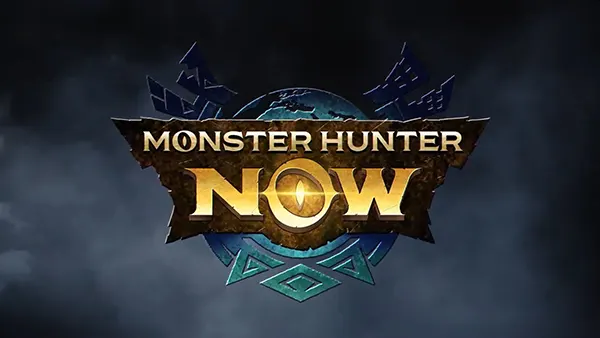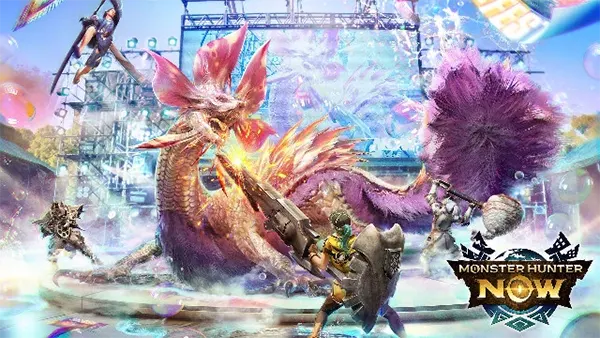
Monster Hunter Now: 2025 Expansion – How AR Hunting Has Evolved on Mobile
The 2025 expansion of Monster Hunter Now marks the most substantial update since its launch in 2023. Niantic and Capcom have refined the game’s augmented reality features, expanded its monster roster, and introduced new progression tools that reshape how players interact with the world. The update demonstrates how mobile AR games continue to mature, transitioning from simple location-based mechanics to richer systems focused on exploration, cooperation, and long-term engagement.
Advancements in AR Integration and World Interaction
The 2025 expansion greatly improves the way the virtual environment blends with real surroundings. The game now uses adaptive AR mapping, allowing monsters to appear in context-appropriate areas, enhancing the realism of encounters without disrupting player convenience. This system relies on improved spatial tracking, which reduces placement errors during hunts.
Players also benefit from an updated resource system tied to environmental scanning. Plants, ore, and field materials now generate dynamically based on biome detection rather than static map points. This not only increases material availability but also encourages exploration of varied real-world locations.
Another noteworthy advancement is the improved combat camera. The new camera stabilisation algorithm enables smoother target tracking during fast-paced hunts, especially in confined spaces. This enhancement was introduced following player feedback, highlighting the developers’ focus on practicality and comfort in daily play.
Enhanced Monster Behaviour and Encounter Diversity
The latest update adds more complex behaviour patterns to monsters, reflecting the tactical depth long-time franchise fans expect. Species introduced in 2025, such as Seregios and Brachydios, use movement sets adapted from console titles but scaled to suit mobile AR limitations. This results in encounters that feel familiar yet optimised for shorter sessions.
Weather-linked encounters also form part of the expansion’s design. Certain monsters appear more frequently during specific meteorological conditions recorded through local APIs. While the system avoids inconveniencing players, it establishes a layer of environmental strategy, encouraging preparation before heading out.
Additionally, group hunts now scale monster health more consistently based on the number of nearby hunters. This prevents overly long battles and raises the effectiveness of spontaneous collaboration, addressing one of the most common concerns from the community in earlier versions.
Progression Updates and New Equipment Systems
The 2025 expansion introduces Weapon Augments, a system that allows players to enhance specific attributes through rare materials obtained from special weekly hunts. These augments offer moderate statistical improvements but do not replace core upgrades, preserving balance across weapon classes.
Armour sets released in this expansion include pieces inspired by both returning and newly added monsters. Each set provides passive bonuses that support playstyles such as stamina efficiency, elemental resistance, or improved gathering. Niantic confirmed that no armour piece gives overwhelming advantages, ensuring accessibility for newer players.
Palico support has also been improved. Companions now perform situational actions, including timed healing or distraction attacks, triggered by basic combat conditions. This adjustment reduces downtime during solo hunts and makes the early game noticeably smoother.
Seasonal Structure and Long-Term Growth
A refreshed season model replaces the older event structure. Seasons now last approximately ten weeks, offering milestone rewards for consistent engagement rather than intensive bursts of activity. This shift aligns the game with broader industry standards for mobile action titles.
The introduction of Monster Pass tracks allows players to earn craft materials, potions, and cosmetic items through routine hunting. Unlike previous event rewards, these items are spread more evenly to prevent resource bottlenecks, especially for high-rank upgrades.
Finally, endgame hunters gain access to Master Rank Trials. These encounters provide the toughest challenges currently available but are designed around practical difficulty rather than inflated statistics. Trials reward unique crafting items used to unlock rare visual variants of gear rather than power-focused upgrades.

Location-Based Features and Community Engagement
The expansion revises the way points of interest operate. Hunting Points now refresh more frequently and offer predictable item rotations, reducing the need for long-distance travel. This benefits urban and rural players alike and resolves one of the biggest balance issues from earlier years.
Community Hunts, introduced globally in early 2025, serve as coordinated challenges where large groups contribute collectively to defeat powerful monsters. Progress is tracked via regional tallies, and rewards are distributed equally among participants who meet minimal participation thresholds.
In addition, the Friend Tracking feature now functions without real-time sharing. Instead, it logs participation windows, allowing players to sync progress when convenient. This approach prioritises privacy while preserving cooperative incentives.
Social Integration and Quality-of-Life Improvements
The messaging system has received an overhaul, now supporting preset communication options suitable for quick coordination during hunts. This avoids clutter and keeps interactions focused on practical teamwork.
Inventory management has been streamlined. Items automatically stack based on category, and redundant materials can be converted into universal crafting tokens. This saves storage space and reduces the time players spend sorting through collected resources.
Lastly, accessibility settings have expanded to include custom vibration patterns and high-contrast mode. These features aim to make the game more comfortable for a broader group of players, reflecting current expectations for responsible, inclusive mobile game design.
